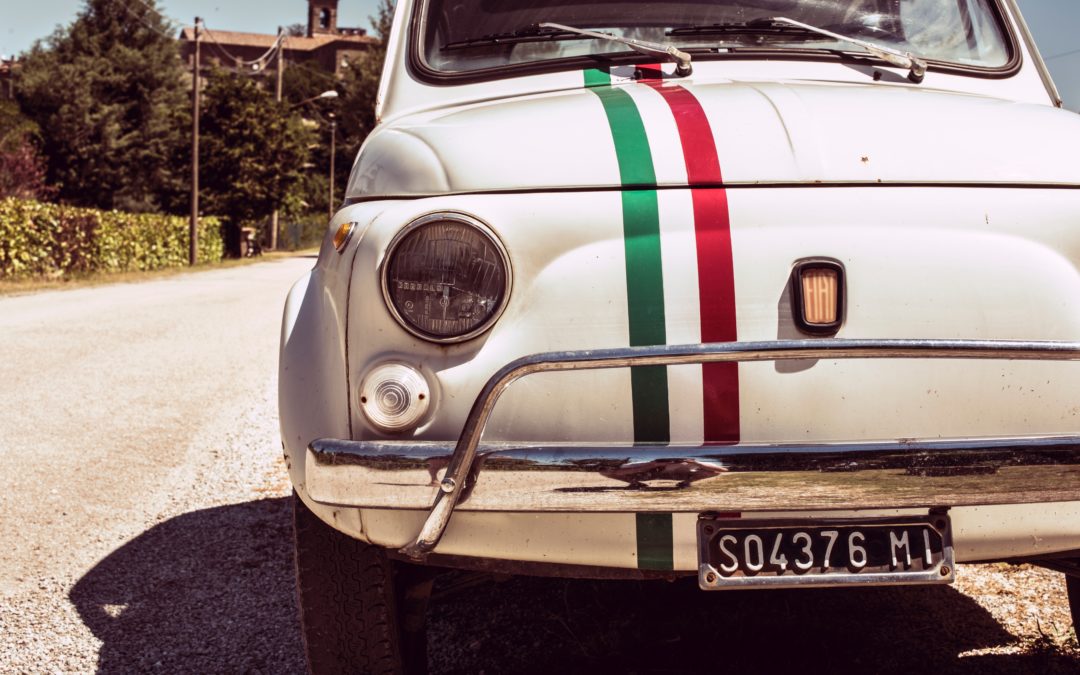You most likely have read one of my “wine label lessons” when reading this column. Wine labels, especially those in other languages, can be quite confusing until you know what they mean.
Many consumers shy away from bottles with appellation information simply because these labels can be difficult to understand. Easy to understand equals safe to buy for many shoppers. But what if you knew just enough more to not be intimated by these labels?
Over the next several months, let’s review some of the most extraordinary wines in the world that are possibly being ignored because of a lack of consumer confidence.
Here is your confidence lesson for Italian labels (“homework” included).
We can start with all the confusing letters; DOCG, DOC, IGT, VdT. That’s a lot of letters to muddle through in understanding Italian wines. It’s much simpler if you start by thinking of these as a guide to quality but realize one category includes exemptions.
DOCG
DOCG, which stands for Denominazione di Origine Controllata e Garantita is the highest tier for Italian classifications. It has the most restrictive quality controls for production including low yields, longer barrel aging and strict geographical boundaries. There are 77 DOCGs across Italy. All wines labeled DOCG undergo testing by a government-approved panel.
DOC
DOC, short for Denominazione di Origine Controllata, make up the bulk of Italian wines. These wines, while numerous, are still strictly regulated. Some rules are the same as DOCG with geographical boundaries, production and winemaking rules. There are about 330 DOCs in Italy.
IGT
At one time Indicazione Geografica Tipica was just another tier in the quality levels of Italian labels, just above basic table wines (Vino da Tavalo or VdT) and just under the DOC. But today this tier isn’t as straightforward as that. As the name implies, this tier includes “wines that are typical of a region,” but it also includes not-so-typical wines. In the 1960s a group of producers began experimenting with nonindigenous grapes such as cabernet sauvignon and merlot. These grapes were not permitted in upper-tier wines, but they were allowed in wines labeled “table wine.” These wines were exceptionally produced bottles, but were forced to be considered the lower end of the quality tier.
These wines were known as “Super Tuscans” and today can be labeled under the IGT. This is the reasoning behind the diverse range in prices you will find in this category.
This week’s recommendations span the three tiers and include a very rare and pricey curveball IGT in the lineup.
DOCG
THE VALUE
2018 Da Vinci Chianti DOCG, Italy (about $12)
THE SPLURGE
2018 La Spinetta Vigneto Bordini, Barbaresco DOCG, Italy (about $65)
DOC
THE VALUE
2018 La Gioiosa Prosecco DOC, Italy (about $11)
THE SPLURGE
2018 Palazzo Maffei Valpolicella DOC, Italy ($19)
IGT
THE VALUE
2018 Castello Del Poggio IGT Moscato, Italy (about $14)
THE SPLURGE
2005 Villa Antinori Solaia, Italy (about $300)
